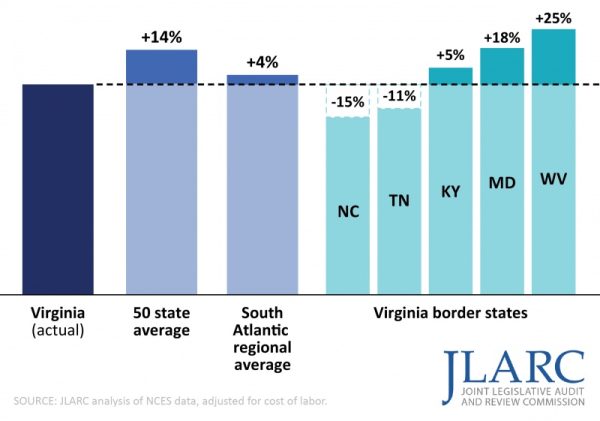Too much pressure from weighted grades
Weighted grade averages allow tests to determine overall grades

Weighted grades have been the primary method for determining MHS student’s grades. This has increased the pressure for students to perform well on tests because they account for over 50% of the overall grade in most cases.
December 18, 2018
The never-ending weight for that extremely difficult science test that you studied hours for was finally entered in on SIS. Your grade dropped a total of 7.3%. How is this even possible? Why should one bad test score have such an impact on your overall grade?
Weighted categories for assignments, projects, and tests have become the common method for determining students’ grades at MHS. However, this method is detrimental to student success because it imposes an increase of stress on students to perform well on cumulative tests that majorly affect their quarterly grades.
Tests and exams have become the main contributing factors to either raising a grade or significantly lowering it, depending on how well a student is at test-taking.
A multiple-choice exam should not decide whether or not a student is successful in a class. It should certainly not account for over half of your final quarter grade as well, even though that is, unfortunately, the case in most classes at MHS.
“Some systems that certain classes use are way too broken… In these classes, my only option is to ace the next test, which sometimes is impossible,” junior Athena Le said.
This method system is simply unfair because one test could possibly bring the grade down of a student who is doing well in all of the other aspects in class. Despite the hours spent on a course or the amount of effort that is put in the homework, that just isn’t enough in order to get the grade that is truly deserved.
In most cases, homework, assignments, and classwork usually contribute only a minimal amount to a student’s grade. No matter how much work went into these tasks, the reward for completing them would barely increase a student’s grade.
Also, if every small assignment has been completed entirely and correctly, and that small category in the Grade Book is already at 100% for homework and assignments, then a student could no longer raise their homework grade even though they are required to complete the continuously assigned homework. Full credit for this work is given, but has zero impact on the overall grade, even though a student would spend their time and effort at home trying to complete the work, so that they don’t get points marked off.
“In the weighted system, if I already have an A in a section and if I get another A on an assignment that falls in the same section, then my grade doesn’t rise,” Le said.
However, even if a student has completed every assignment in the past with no impact to their grade, then getting one bad homework grade would immediately cause their overall grade to drop.
“So basically you are just working to keep yourself from failing instead of working to propel your success,” Le said.
This could also cause a lack of motivation for a student to complete assignments. Homework could be overwhelming at times because as students, most of our days begin at 6:00 a.m., then we have to spend about 7 hours at school every weekday after we get home… guess what… we have to hours of homework because it is the only thing in the Grade Book keeping our grades relatively steady. Students have responsibilities after school as well, whether it’s extracurriculars, work, etc. there is no motivation to do an assignment that would not benefit the grade in that class.
Despite this, there is a department at MHS that takes away the stress from weighted grade troubles: the math department. The math courses at our school do not utilize the weighted grade average system that the majority of our school uses. Instead, they implemented a sensible system where tasks for the class are determined by the varying number of points that they are worth.
“The point system that we have in math is probably the most fair [out of my other classes]. It’s very simple; you do work, and you get points for doing work,” Athena Le said.
This way, students are able to focus on all aspects of the course and could come back from a bad test that brought down a grade.
“Since it’s not weighted and sorted by categories, I can make up lost points with other types of assignments,” Le said.
The point system that is used in order to determine a student’s quarterly grade is beneficial to the student and alleviates the added pressures and stress given from classes that make your test grade the major percentage of the overall grade. This way, students do not have to worry about one test bringing down the grade that they had kept steady and worked hard for throughout the school year.











